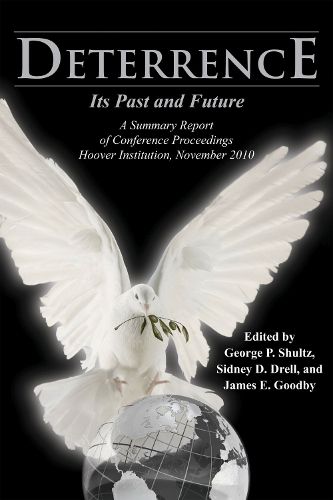Readings Newsletter
Become a Readings Member to make your shopping experience even easier.
Sign in or sign up for free!
You’re not far away from qualifying for FREE standard shipping within Australia
You’ve qualified for FREE standard shipping within Australia
The cart is loading…






Drawn from the third in a series of conferences at the Hoover Institution at Stanford University on the nuclear legacy of the cold war, this report summarizes the contributors’ findings on the importance of deterrence, from its critical function in the cold war to its current role. Although deterrence will not disappear, current and future threats to international security will present relatively fewer situations in which nuclear weapons will play the dominant role that they did during the cold war. The authors highlight ways in which deterrence has been shaped by surrounding conditions and circumstances. They look at the prospective reliability of deterrence as a tool of statecraft in the emerging international environment. And they look at how arms control agreements have affected deterrence in the past and how they could do so in the future. In addition, they look at the ongoing debates over ‘de-alerting’ (slowing down the capability for immediate launch and rapid nuclear escalation) and the practical considerations related to verification and compliance.
$9.00 standard shipping within Australia
FREE standard shipping within Australia for orders over $100.00
Express & International shipping calculated at checkout
Drawn from the third in a series of conferences at the Hoover Institution at Stanford University on the nuclear legacy of the cold war, this report summarizes the contributors’ findings on the importance of deterrence, from its critical function in the cold war to its current role. Although deterrence will not disappear, current and future threats to international security will present relatively fewer situations in which nuclear weapons will play the dominant role that they did during the cold war. The authors highlight ways in which deterrence has been shaped by surrounding conditions and circumstances. They look at the prospective reliability of deterrence as a tool of statecraft in the emerging international environment. And they look at how arms control agreements have affected deterrence in the past and how they could do so in the future. In addition, they look at the ongoing debates over ‘de-alerting’ (slowing down the capability for immediate launch and rapid nuclear escalation) and the practical considerations related to verification and compliance.